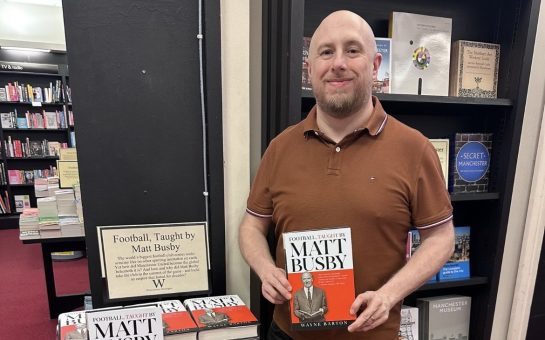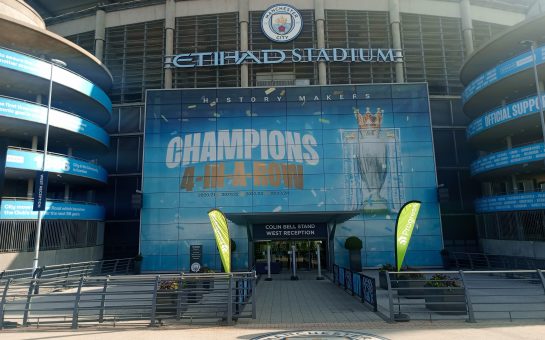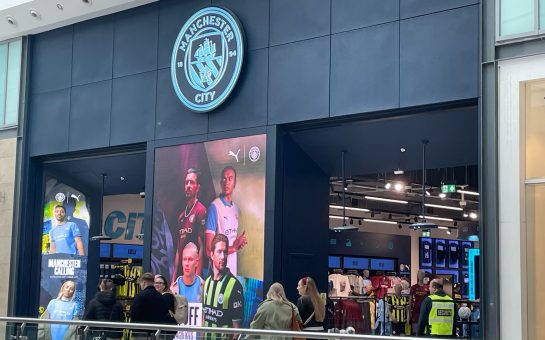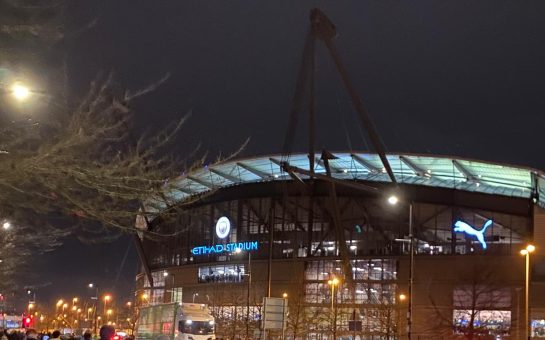With news of Sergio Agüero’s hamstring injury slowly dripping its way back to disheartened Manchester City fans following his tribulations with Argentina, the frustration around the club is understandably palpable.
Whilst City’s reliance on Agüero is well documented – rarely has it been so blatant as the five goals he scored as City thrashed Newcastle United 6-1 last week – it is nevertheless shortsighted.
Short of recruiting a host of stellar attacking threats, City are in the same position as many other clubs, and can hardly complain about the lack of depth they have given their considerable riches.
Yet, injuries to key players harm every team regardless of stature.
Barcelona are unquestionably weakened by Messi’s current absence, Bayern and Real Madrid would be likewise stymied should Robert Lewandowski or Karim Benzema pick up a knock, and City are no different.
Where the crucial facet lies is in the managerial mitigation of such disruptive injuries.
This is where, arguably, City manager Manuel Pellegrini has come up short.
Renowned for his reliance on wingers to widen City’s stiflingly narrow play that can lead to a traffic jam on the edge of the opposition’s box, can Pellegrini reel out a tactical mantra so drastically different from his typical repertoire so as to provide his Man City side with the answer to the now frequently-posed Agüero conundrum?
Can the Chilean change his stripes? City certainly need him to.
With Wilfried Bony continuing his struggles in the sky blue of City, having scored just two goals since his move from Swansea, there is legitimate vindication in City experimenting, somewhat paradoxically, with no striker at all.
Both Fernando and Fernandinho could provide a stable basis from which Yaya Touré could launch himself into a more offensively driven position – as he often did when Roberto Mancini introduced Nigel De Jong in a similar role.
Kevin De Bruyne and David Silva could operate either side of, or in behind, Raheem Sterling, who would be allowed a more free role to torment defences with his pace, as opposed to shackling him to the left touchline where he often finds himself bereft of ideas in the final third.
The width that Pellegrini covets could be provided by Aleksandar Kolarov – already effectively an auxiliary winger – and the fit-again Pablo Zabaleta, renowned for his shrewdly overlapping runs into the box.
Kevin De Bruyne could drift wide left where he was so influential against Newcastle following Sterling´s substitution, Silva could mirror him on the right to dovetail with Zabaleta.
Meanwhile Touré could roam further forward into the space vacated by opposing central midfielders now tracking the elusive Belgian and the Spaniard.
The passing options provided by De Bruyne, Silva, and Touré on the edge of the box would be sure to arm Sterling with the ammunition needed to harm teams.
And while the onus will be on the youngster to be less wasteful in his finishing, the goal-scoring capabilities of De Bruyne (four goals in seven matches for City), Silva (13 in 37 PL matches), and Yaya Touré (31 in 71 PL matches) is sure to relieve any pressure.
The upcoming Premier League matches are crucial ones for Manchester City.
Home matches against Bournemouth and Sevilla in the Champions League are followed by the Manchester derby at Old Trafford in just over a fortnight.
The Etihad side will be looking to stretch their lead at the top of the table to afford themselves some breathing space in the run-up to Christmas.
And with the potential for Agüero’s injury to rule City’s top scorer this season out for all three matches, there will be plenty of pressure on Pellegrini to avoid slipping back into the lackadaisical groove that enabled both West Ham and Tottenham to prey on their vulnerabilities.
Pellegrini needs a new formula, and playing with no recognized striker could just prove to be effective.
Image courtesy of Manchester City, via Youtube, with thanks



